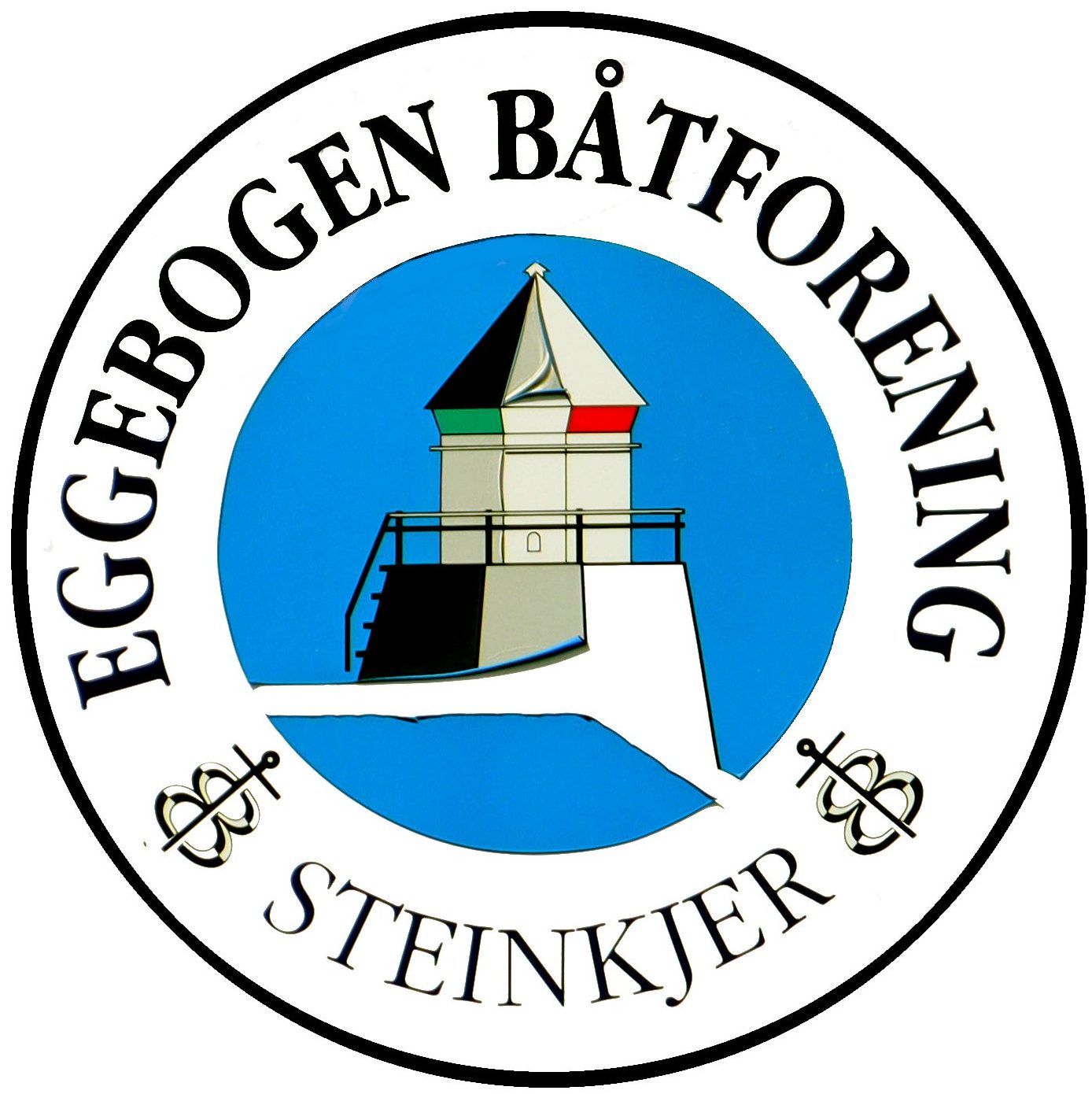As a end result, containerization allocates resources proportionally based mostly on the workload and higher ceilings. The replace migration technique entails retiring the existing application and changing it with a brand new cloud-native solution or a software as a service (SaaS) providing. Organizations seeking to reduce back their upkeep burden and concentrate on innovation typically decide to replace an software. Speed to market elements into the choice, because the SaaS vendor assumes duty for model spanking new function improvement. Containers on this approach are less related to the user, though the SaaS provider might use them extensively. Containers gained prominence largely in the last decade as organizations pivoted towards DevOps and agile methodologies.
Containerization has many advantages, together with improved efficiency, portability, and safety. DigitalOcean Kubernetes (DOKS) offers a developer-friendly managed Kubernetes service designed to assist startups, ISVs, and digital businesses effectively construct, scale, and optimize workloads. With DigitalOcean Managed Kubernetes, you probably can simply scale workloads, optimize performance with a developer-friendly approach, and automate infrastructure and software program delivery. A developer could run a few containers on their workstation, whereas this system could additionally be scaled horizontally in a staging or testing space. Building an environment friendly and effective IT staff requires a centralized resolution technology trends that acts as your core service ship software. NinjaOne permits IT groups to monitor, manage, safe, and help all their gadgets, wherever they are, without the need for advanced on-premises infrastructure.
- This allows the application to run independently from the host working system.
- More portable and resource-efficient than virtual machines (VMs), containers have turn out to be the de facto compute units of contemporary cloud-native functions.
- The containerization course of begins by packaging an utility and its dependencies into a container picture, which is a bit of software program that contains every little thing necessary to run an software.
- These instruments assist monitor and implement safety insurance policies and meet trade standards to make sure the safe flow of information.
- Containers encapsulate an utility and its dependencies, ensuring that it runs the same regardless of the place it’s deployed.
- They assist builders construct extremely versatile and scalable products whereas eliminating inefficiencies.
You’ll be constantly updating the libraries and functions that run on these servers to reap the advantages of new features and safety updates. For most environments, those kinds of adjustments mean intensive testing of the new software to make certain that every thing still works. Sometimes, you may wind up with several iterations of testing as your team irons out bugs.
It effectively packages software code alongside working system (OS) libraries and dependencies required for the code to function, thus creating a single, moveable unit. This encapsulation process extends to incorporate the application’s executable unit, encapsulating the application code along with its dependencies. The adoption of container software has expanded across various areas of IT — from security to networking to storage. Some organizations have deployed stateful applications, corresponding to databases and machine learning (ML) apps on containers and Kubernetes, to make sure consistent administration.
“We had been capable of detect bugs and fix them, and get them deployed super fast. The second someone is fixing a bug, it’s out the door,” Dan Farrelly, chief know-how officer at Buffer, mentioned about a 12 months after the migration kicked off in earnest. The New York Times, another early adopter of containers, equally noticed deployment occasions nosedive after shifting from basic digital machines to Docker. To run a container, it must be deployed right into a container runtime environment, which supplies an isolated environment for the appliance separate from the host working system.

They simplify the task of working in ever-changing data centers, but can be difficult to scale. Being capable of run four digital machines on a single piece of dedicated hardware is a boon for house and energy-starved operations groups. But it nonetheless implies that you’re devoting time and energy to sustaining redundant working techniques. Instead, they use software referred to as a runtime engine to share the host operating system of whatever machine they’re operating on.
A containerized utility will “just work” as a result of it does not depend upon the person to supply access to the recordsdata it needs to operate. Containerization provides will increase in portability, scalability, and useful resource effectivity, and it provides a less resource-intensive various to virtual machines (VMs) while addressing many of their drawbacks. Containerization permits developers to create and deploy purposes more efficiently and securely. Traditional strategies typically result in bugs and errors when transferring code between totally different environments, corresponding to from a desktop to a digital https://www.globalcloudteam.com/ machine or between operating methods like Linux and Windows. Containerization addresses this issue by packaging the appliance code, configuration recordsdata, libraries, and dependencies right into a single, self-contained unit known as a container.
Containerization Vs Microservices
A hypervisor creates digital machines (VMs) on a bodily server, each VM containing a whole operating system, functions, libraries, and hardware stack. This permits multiple diverse working techniques to run on a single physical machine. This means the container connects to the host and something outside the container utilizing outlined interfaces. A containerized software mustn’t rely on or be concerned with particulars in regards to the underlying host’s assets or structure over multiple operating methods. Containerization is a software deployment method whereby an application’s code gets bundled with all essential information, libraries, and elements it requires to run on any infrastructure.

Cloud Migration
You tell Kubernetes the place you want your software to run, and the platform takes care of almost every thing it takes to deploy and manage your containers. Containerization is a sturdy software program deployment technique that gives numerous advantages, together with standardization of software packaging and enhanced portability. It differs significantly from traditional virtualization methods and performs an important position in enabling the event and deployment of contemporary functions.
These containers run on a shared host operating system, providing isolation and consistency throughout completely different environments. Containerization permits environment friendly resource utilization, rapid deployment, and simple scaling. Popular tools like Docker and Kubernetes facilitate creating, managing, and orchestrating containers. This expertise streamlines growth, testing, and deployment by decreasing conflicts and ensuring that containerized applications run consistently, regardless of the underlying infrastructure. Containers don’t have to create distinctive working system environments for every utility. The working system kernel could be shared by containers, which makes them extra efficient than digital machines.
Containers are an alternative alternative to containerization definition coding on one platform or operating system, which made shifting their utility tough since the code might not then be compatible with the brand new setting. This may lead to bugs, errors, and glitches that needed fixing (meaning more time, less productiveness, and lots of frustration). Containerization presents a excessive diploma of portability because the container can run on any infrastructure that supports the container runtime. Besides these, other container orchestration instruments are also available, similar to DC/OS from D2iQ — previously Mesosphere — and LXC. Because containers share the OS kernel, one occasion of an OS can run many isolated containers. The OS supporting containers can also be smaller, with fewer options, than an OS for a VM.
